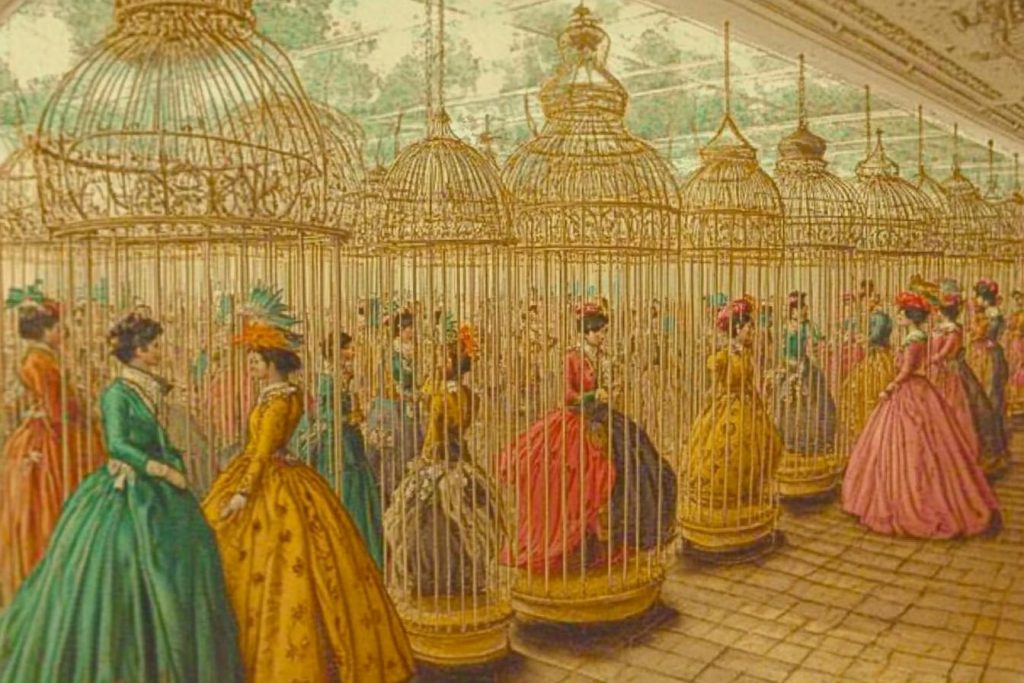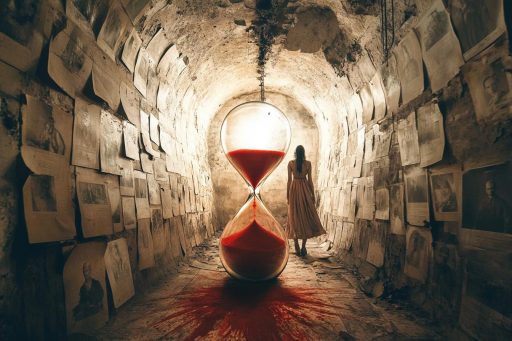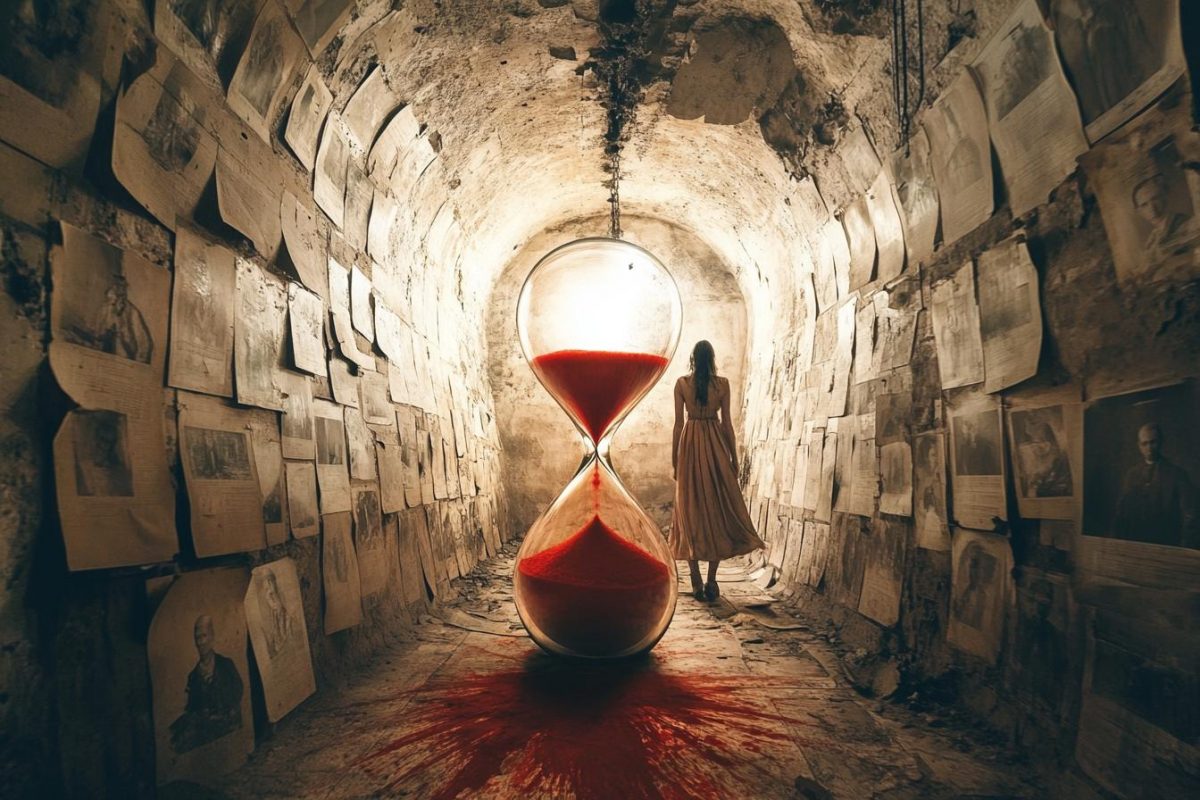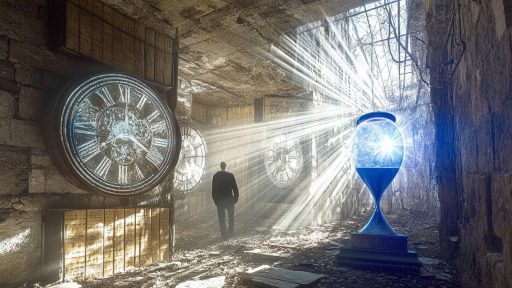
History often paints itself in broad strokes—heroes, victories, revolutions. But beneath the surface lies a darker narrative, one that reveals unsettling truths buried by time or deliberately erased. These fragments of the past, once obscured, have begun to resurface, offering a glimpse into a reality far more disturbing than we were taught. What we uncover may not bring comfort—but it demands our attention.
Human Zoos Were Once Entertainment

Throughout the 19th and early 20th centuries, “human zoos” were common in Europe and the U.S., where Indigenous people and those from colonized lands were displayed like animals. They were often kept in recreated villages, forced to perform for gawking spectators. These exhibitions dehumanized entire cultures for the sake of public amusement, under the guise of education. The legacy of this dark spectacle continues to haunt conversations around race and colonialism.
The Erased Massacre of Black Wall Street

In 1921, a prosperous Black neighborhood in Tulsa, Oklahoma was burned to the ground by white mobs, killing hundreds and displacing thousands. For decades, the event was buried by local and national silence, omitted from textbooks and public discourse. Only recently has the full scale of this atrocity begun to be acknowledged. The massacre was not only a violent act but a coordinated attempt to erase Black success and economic power.
Operation Paperclip Recruited Nazi Scientists

After World War II, the U.S. secretly brought over hundreds of Nazi scientists, including known war criminals, to work on military and space programs. This operation, known as Paperclip, helped advance American technology but raised serious ethical concerns. These men were given new identities and immunity in exchange for their knowledge. The truth of this alliance remained classified for years, casting a shadow over post-war scientific progress.
Children Were Used in Radiation Experiments

During the Cold War, U.S. government-funded experiments exposed unwitting children to radiation to study its effects. Many of the victims were orphans or institutionalized youth, chosen because they were considered disposable. These experiments were conducted without consent and often resulted in illness or death. The truth came out decades later, leaving behind a trail of pain and mistrust.
The Real Dracula Was Worse Than the Legend

Vlad the Impaler, the historical figure who inspired Count Dracula, was infamous for his gruesome tactics. He reportedly impaled tens of thousands of enemies on giant stakes and left their rotting corpses as warnings. His reign of terror was so brutal that it shocked even his contemporaries. The fictional vampire pales in comparison to the blood-soaked legacy of the real man.
Skeletons Found with Nails Through Their Hearts

In parts of Eastern Europe, archaeologists have discovered graves with skeletons impaled by stakes or nails through their hearts. These were believed to be “vampire burials”—preventative measures taken against the undead. The practice reveals a deep, ancient fear of the supernatural that shaped burial customs. It also reflects how folklore was used to control the unexplained through brutality.
Japan’s Unit 731 Committed Unthinkable Crimes

During World War II, Japan’s Unit 731 carried out horrific human experiments in the name of science and warfare. Victims were subjected to vivisections, biological weapon testing, and other unspeakable tortures—often without anesthesia. The full extent of these atrocities remained hidden for years, with many perpetrators never facing justice. It’s a chapter in history so disturbing, many still refuse to believe it happened.
The Dancing Plague of 1518

In what sounds like a surreal nightmare, dozens of people in Strasbourg began dancing uncontrollably in 1518—many dancing until they collapsed or died. The cause remains unknown, with theories ranging from mass hysteria to fungal poisoning. Authorities even encouraged more dancing by hiring musicians. The event remains one of the most bizarre and disturbing social phenomena in recorded history.
Victorian Mourning Portraits Used Real Corpses

In the 1800s, it was common practice to photograph the dead, posed as if still alive, for mourning portraits. These “memento mori” images often featured deceased children or loved ones with their eyes painted open post-mortem. While intended as sentimental keepsakes, the results were haunting. This eerie tradition reflects a time when death was more intimate—and disturbingly normalized.
Thousands Were Buried Alive by Mistake

Before the advent of modern medicine, premature burial was a terrifyingly real threat. Coffins were sometimes outfitted with bells to alert gravekeepers in case the “dead” awoke. Countless stories exist of claw marks on coffin lids and exhumed bodies found in unnatural positions. This fear wasn’t paranoia—it was survival.
Cannibalism During the Jamestown Famine

During the “Starving Time” in 1609–1610, desperate colonists at Jamestown reportedly turned to cannibalism. Archaeologists have uncovered evidence of human bones bearing marks consistent with butchery. One teenage girl, named “Jane” by researchers, showed signs of having been dismembered for food. The grim discovery reveals the extreme lengths people went to in order to survive.
The Blood Eagle May Have Been Real

A Viking torture method known as the “blood eagle” involved cutting open a victim’s back and spreading the ribs to resemble wings. Long thought to be myth, recent interpretations of Old Norse texts suggest it may have actually been practiced. Victims were reportedly kept alive throughout the ordeal. If true, it redefines the Vikings’ reputation for brutality.
Child Labor Fueled the Industrial Revolution

The rapid advancement of industry came at a steep human cost—millions of children were forced to work in hazardous conditions for little pay. They labored in factories, coal mines, and textile mills, suffering disfigurement and death. These children were seen as expendable cogs in the machine of progress. The legacy of their suffering is often glossed over in triumphalist histories of innovation.
Historic Plagues Were Often Weaponized

Long before modern warfare, disease was a tool of conquest. In medieval times, infected corpses were catapulted into enemy cities, and smallpox-infected blankets were used during colonial expansion. These acts of biological warfare devastated populations and changed the course of history. The weaponization of illness reveals a disturbing ingenuity in human conflict.
The Red Manuscript of Bratislava

Discovered briefly in the 1800s before vanishing into private hands, the Red Manuscript was said to contain rituals that blurred the line between science and alchemy. Bound in crimson-stained leather and filled with diagrams of impossible machines and hybrid creatures, the book terrified even hardened collectors. Some believe it was the work of a forgotten Eastern European secret society attempting to unlock the secrets of artificial life. No known copies exist today, but rumors persist that a fragment survives—hidden beneath the floorboards of a shuttered library.
The Past Never Stays Silent

We often look to the past for lessons and inspiration, but sometimes it looks back with bloodied hands. These truths, buried for generations or disguised as legend, reveal a side of history that’s chilling in its reality. Whether covered up, ignored, or dismissed, they persist—etched into bones, whispered through ruins, and waiting to be uncovered. The deeper we dig, the more we find that some secrets were never meant to stay hidden.





